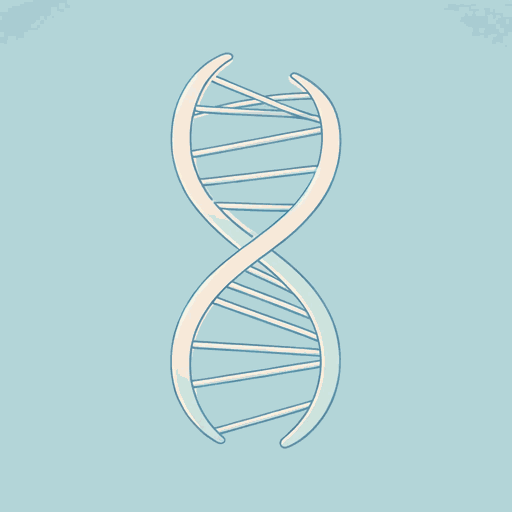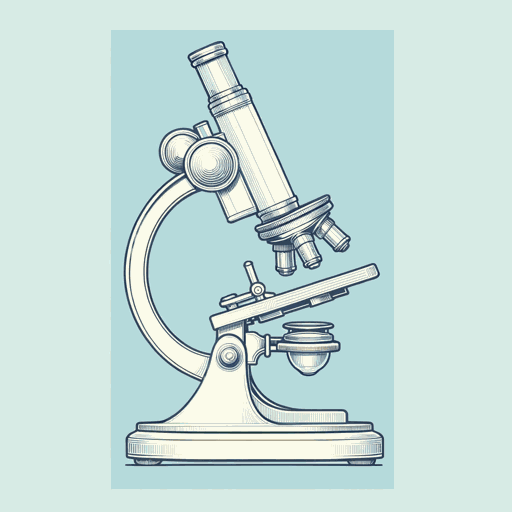67 pages • 2 hours read
Siddhartha MukherjeeThe Emperor of All Maladies: A Biography of Cancer
Nonfiction | Autobiography / Memoir | Adult | Published in 2010A modern alternative to SparkNotes and CliffsNotes, SuperSummary offers high-quality Study Guides with detailed chapter summaries and analysis of major themes, characters, and more.
Part 5Chapter Summaries & Analyses
Part 5: “A Distorted Version of Our Normal Selves”
Part 5, Chapter 1 Summary: “A unitary cause”
Mukherjee considers whether he wants to continue in the clinic or do research at this point in his medical oncology fellowship, and he decides to pursue lab research to help patients like Carla. Still, the clinical practice of oncology has affected him deeply, and he recites the names of his patients who have died. When he sees Carla, he notes that she is energetic, as her life has returned to its routine, and she is still in remission.
German researcher Rudolf Virchow noticed in the 1850s that cancer involved cellular hyperplasia, or the “pathological growth of cells” (340). He also recognized that chronic inflammation, such as that of the liver in hepatitis, causes cancer. However, he did not realize that in cancer, internal causes in the process of autonomous proliferation drive the cell to divide. Walther Flemming, working in Prague, tried to discover the cause of this abnormal cell division, and he stained salamander cells with a dye called aniline. He realized that “cells in each species had a distinct number of chromosomes” (340). Virchow’s former assistant David Paul von Hansemann posited a connection between changes in the chromosomes and the development of cancer.
Another former assistant of Virchow, Theodor Boveri, imposed multiple fertilization on sea urchins, which had only one fertilization under normal circumstances, and produced chromosomal disorder.
Related Titles
By Siddhartha Mukherjee



